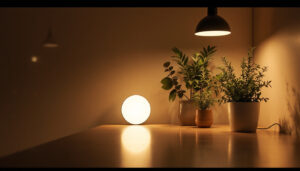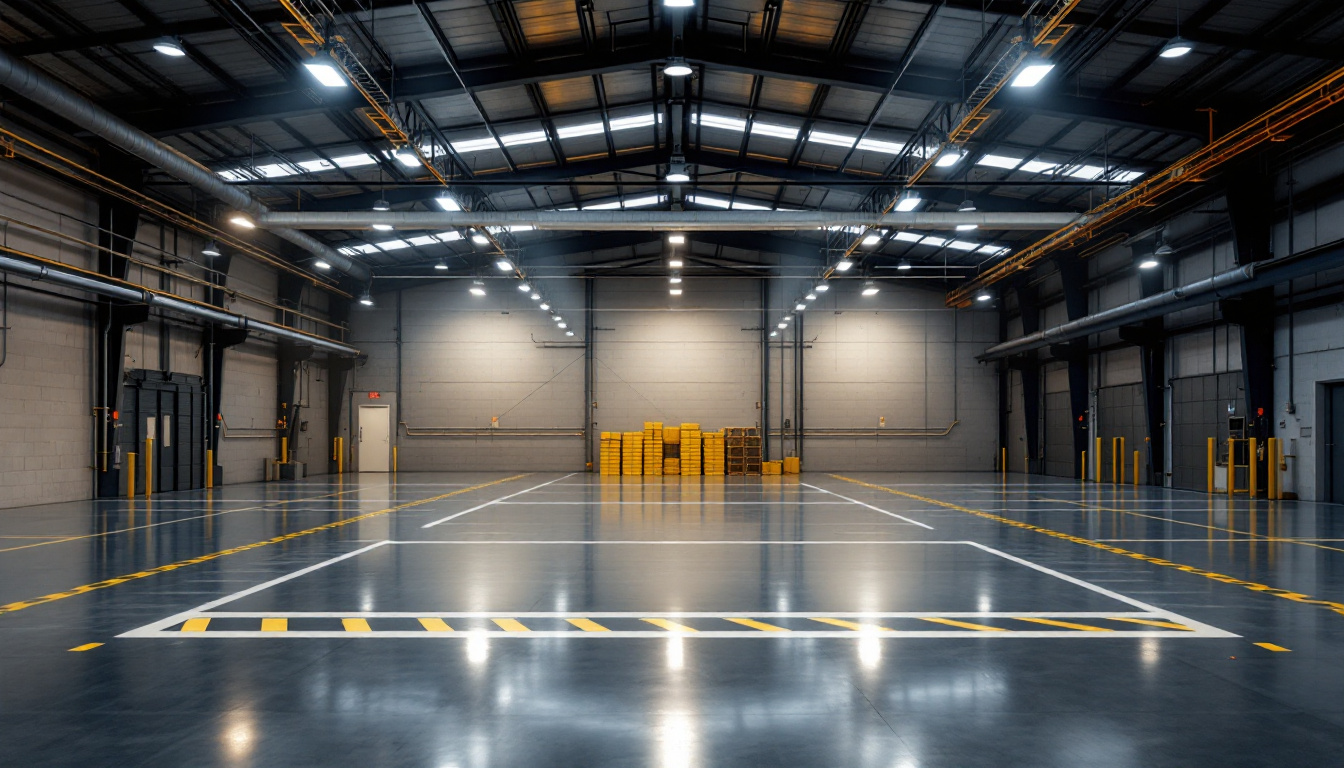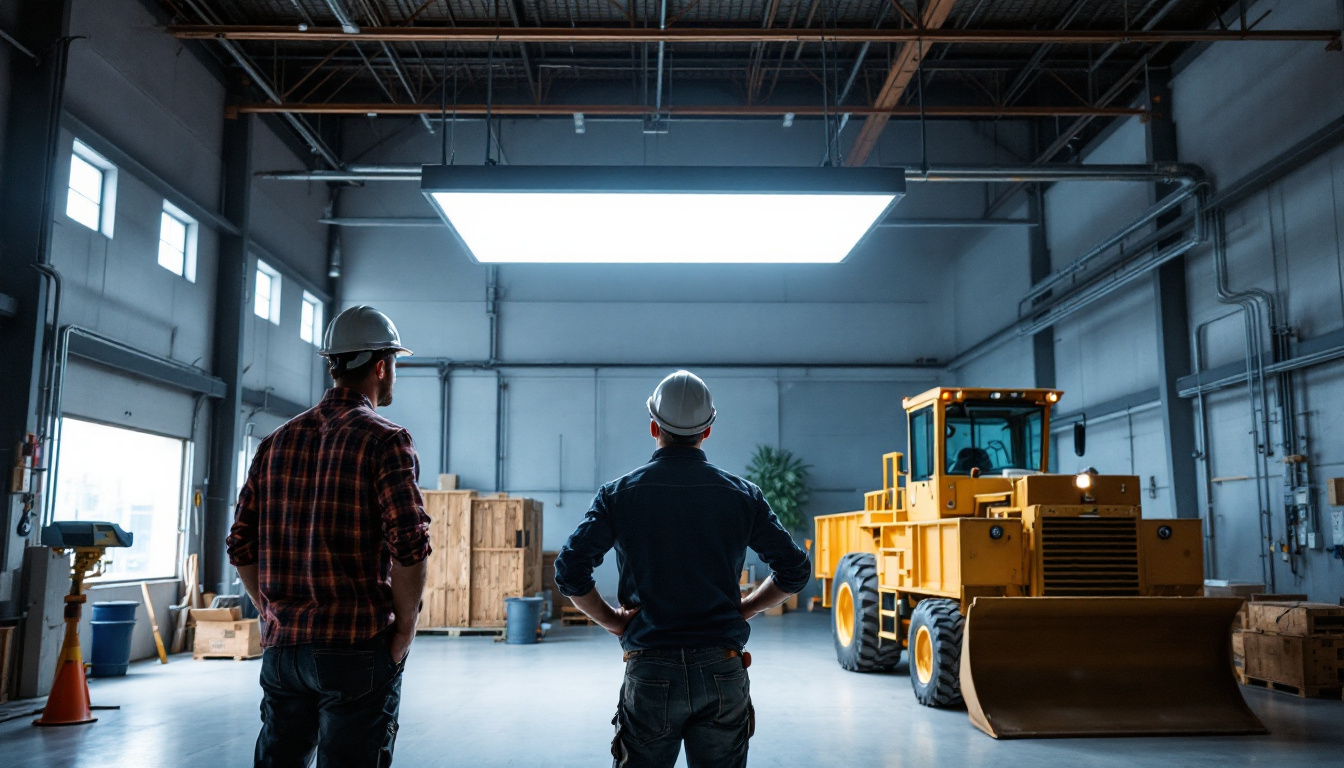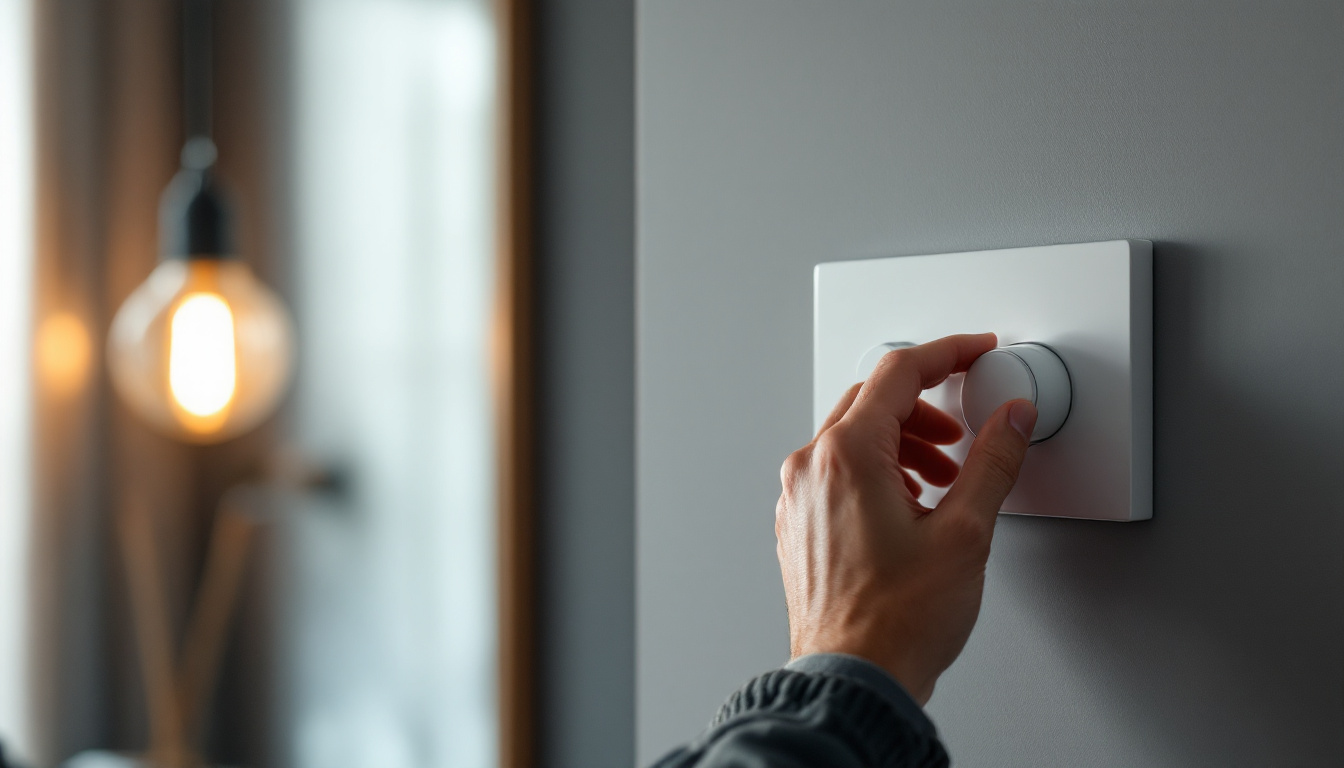

In the ever-evolving landscape of the lighting industry, high bay lights have emerged as a critical component for various commercial and industrial applications. Understanding how many high bay lights are necessary for a specific space is essential for lighting contractors aiming to provide optimal solutions for their clients. This article delves into the factors influencing the quantity of high bay lights required, the benefits of proper lighting, and the growing significance of energy efficiency in today’s market.
High bay lights are designed for areas with high ceilings, typically ranging from 15 to 40 feet. These lights are commonly used in warehouses, manufacturing facilities, gymnasiums, and large retail spaces. The primary function of high bay lighting is to provide adequate illumination for safety and productivity. Proper lighting is essential not only for visibility but also for enhancing the overall ambiance of the space, which can significantly impact employee morale and customer experience.
Light output is measured in lumens, and it is crucial to determine the appropriate lumen output for the specific application. The higher the lumen output, the brighter the light. For high bay lighting, a lumen output of 10,000 to 30,000 lumens is common, depending on the size and purpose of the space. It’s important to note that the distribution of light also plays a critical role; a well-distributed light can minimize shadows and dark spots, ensuring that every corner of the area is adequately illuminated.
When calculating the total lumens required, consider the square footage of the area, the height of the ceiling, and the type of activities taking place. For instance, a warehouse may require more lumens than a gymnasium due to the nature of the tasks performed. Additionally, factors such as the color of the walls and the type of flooring can influence how light is perceived in the space. Lighter surfaces reflect more light, potentially reducing the number of fixtures needed.
There are several types of high bay lights available in the market, including LED, fluorescent, and metal halide options. Each type has its advantages and disadvantages, influencing the decision on how many lights are needed. Understanding these differences can help in making an informed choice that aligns with both budget and performance requirements.
LED high bay lights are increasingly popular due to their energy efficiency and long lifespan. They emit less heat, reducing cooling costs, and provide instant brightness. Moreover, LEDs are available in various color temperatures, allowing for customization based on the desired atmosphere of the space. Fluorescent lights, while less efficient than LEDs, can still be a viable option for certain applications, especially where initial costs are a concern. Metal halide lights, although offering high lumen output, consume more energy and have a shorter lifespan. They also require a warm-up period to reach full brightness, which can be a drawback in environments that require immediate illumination.
Another consideration when selecting high bay lights is the mounting height and angle. The way lights are positioned can significantly affect their effectiveness. For example, lights mounted too high may not provide sufficient illumination on the work surface, while those mounted too low can create glare and discomfort. Therefore, it’s essential to evaluate the specific needs of the space, including the tasks being performed and the movement patterns of people within the area, to ensure optimal lighting conditions are achieved.
Determining the appropriate number of high bay lights involves several factors that lighting contractors must consider. These include the size of the space, the height of the ceiling, the desired illumination level, and the specific activities being conducted in the area.
The size of the area is one of the most straightforward factors to consider. The total square footage will help establish the baseline for how many lights are needed. A common rule of thumb is to use one high bay light for every 1,500 to 2,000 square feet, but this can vary based on other factors.
For example, a larger warehouse may require fewer lights if the layout allows for effective light distribution, whereas a smaller, cluttered space may need more lights to ensure adequate coverage.
Ceiling height plays a significant role in the effectiveness of high bay lighting. As the height increases, the light distribution becomes less effective, necessitating more fixtures to achieve the same illumination level as a lower ceiling. For ceilings above 20 feet, it may be necessary to increase the number of lights or opt for fixtures with higher lumen outputs.
Additionally, the angle of light distribution is crucial. High bay lights with a narrow beam spread may require more fixtures to cover the same area compared to those with a wider beam spread.
The type of activities performed in the space greatly influences the required illumination levels. For instance, a manufacturing facility may need brighter lighting for precision tasks, while a storage area may not require as much light. Understanding the specific needs of the space will help in determining the appropriate number of fixtures.
Industry standards often recommend specific foot-candle levels for different tasks. For example, a warehouse may require 10 to 30 foot-candles, while an assembly line may need 50 to 100 foot-candles. These standards can guide contractors in their calculations.
Investing in the right number of high bay lights can yield several benefits for both the facility and its occupants. Proper lighting enhances safety, productivity, and overall satisfaction in the workplace.
One of the primary benefits of adequate lighting is enhanced safety. Poorly lit areas can lead to accidents and injuries, particularly in industrial settings where heavy machinery is used. By ensuring that high bay lights are properly installed and sufficiently illuminate the space, contractors can help mitigate risks and create a safer working environment.
Additionally, well-lit spaces deter theft and vandalism, contributing to the overall security of the facility. This is particularly important in warehouses and retail environments where valuable inventory is stored.
Proper lighting is directly linked to increased productivity. Studies have shown that well-lit environments can improve focus and efficiency among workers. In environments where tasks require precision, such as assembly lines or quality control areas, adequate lighting is crucial for maintaining high standards of work.
Moreover, employees are more likely to feel comfortable and satisfied in a well-lit space, leading to higher morale and reduced turnover rates. This can ultimately have a positive impact on the bottom line for businesses.
With the growing emphasis on sustainability, energy efficiency has become a significant consideration in lighting design. High bay LED lights, in particular, offer substantial energy savings compared to traditional lighting options. They consume less electricity and have a longer lifespan, reducing the frequency of replacements and maintenance costs.
By calculating the optimal number of high bay lights needed, contractors can help clients avoid over-illumination, which not only wastes energy but can also lead to increased operational costs. Implementing energy-efficient lighting solutions can significantly impact a company’s overall energy consumption and carbon footprint.
Once the number of high bay lights has been determined, the next step is ensuring proper installation. Adhering to best practices can enhance the effectiveness of the lighting system and maximize its benefits.
The placement of high bay lights is crucial for achieving uniform illumination. Fixtures should be spaced appropriately to avoid dark spots and ensure even light distribution throughout the area. A common guideline is to space lights approximately 1.5 times the height of the ceiling from each other.
Additionally, considering the layout of the space is essential. For example, if there are obstructions such as shelving or machinery, adjustments may be needed to ensure that light reaches all areas effectively.
Incorporating lighting controls can further enhance the efficiency and functionality of high bay lighting systems. Dimming controls, motion sensors, and timers can help reduce energy consumption by ensuring lights are only on when needed.
For instance, in a warehouse that is not in constant use, motion sensors can automatically turn off lights when no movement is detected, leading to significant energy savings over time.
Regular maintenance is vital for ensuring that high bay lights operate at peak efficiency. Dust and debris can accumulate on fixtures, reducing their effectiveness. Scheduling routine cleaning and inspections can help maintain optimal performance.
As technology continues to advance, upgrading to newer, more efficient lighting options can also yield benefits. Keeping abreast of industry trends and innovations can help contractors provide the best solutions for their clients.
The importance of high bay lighting in commercial and industrial settings cannot be overstated. As the lighting industry continues to evolve, understanding how many high bay lights are needed will remain a critical consideration for lighting contractors. By taking into account factors such as space size, ceiling height, and activity type, contractors can ensure that their clients receive the optimal lighting solutions.
Furthermore, the benefits of proper high bay lighting extend beyond mere illumination. Enhanced safety, increased productivity, and energy efficiency are all significant advantages that contribute to the overall success of a facility. By adhering to best practices in installation and maintenance, contractors can help their clients achieve a well-lit environment that meets their specific needs.
As the demand for energy-efficient solutions continues to grow, high bay lighting will play a pivotal role in shaping the future of the lighting industry. Embracing innovation and sustainability will not only benefit individual businesses but also contribute to a greener planet.
Ready to elevate your lighting projects with the optimal number of high-quality high bay lights? Look no further than LumenWholesale, where we specialize in providing contractors with the best spec-grade lighting products at unbeatable wholesale prices. Our commitment to cutting out the middleman means you get the superior lighting you need without the inflated markups. With our extensive selection that meets the highest industry standards, you can ensure every project shines with reliability and high performance. Plus, with free shipping on bulk orders, you can enjoy premium lighting at the best value — all without hidden fees or compromises. Don’t miss out on the perfect blend of quality, affordability, and convenience. Wholesale Lighting at the Best Value is just a click away!

Discover how dimmable high bay lighting is transforming spaces with real-world success stories from lighting contractors.

Discover why dimmer switches are a game-changer for lighting contractors.

Discover the essential insights lighting contractors need for successful LED street light retrofits.

Discover how industrial LED technology is revolutionizing the lighting industry by boosting efficiency for contractors.
Get notified when NEW deals are released.
Optimize your budget with wholesale discounts.
Only top-quality, specification-grade lighting products.
No additional costs at checkout - what you see is what you pay.
We understand the unique needs of contractors.